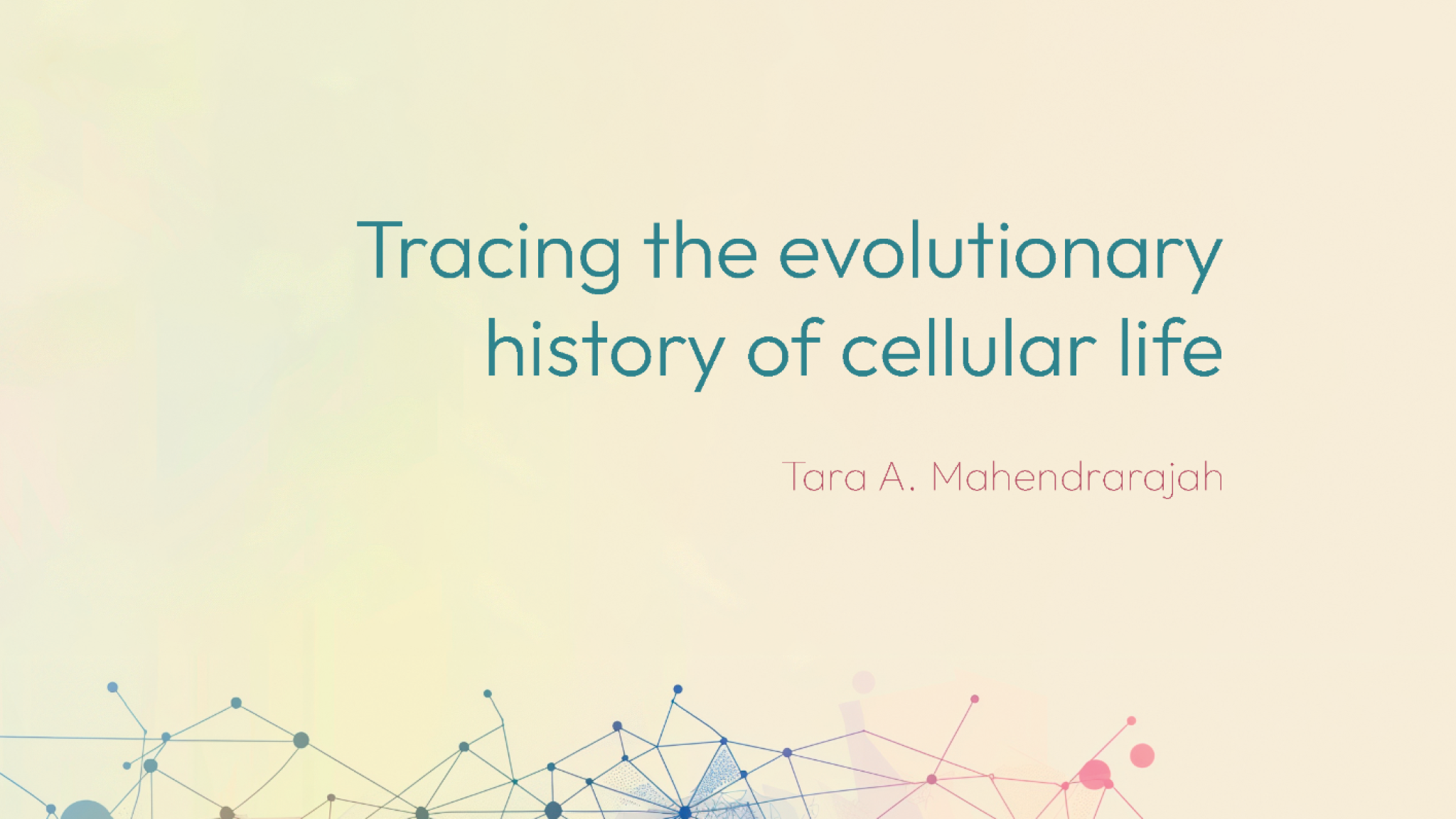Tracing the evolutionary history of cellular life

What shape does the 'tree of life' have? This visual framework representing the evolutionary relationships between and among organisms from our ancient microbial ancestors to today, was a focal point of the PhD of NIOZ biologist Tara Mahendrarajah. She studied various elements of cellular evolution and looked into the place of the 'last universal common ancestor' or LUCA within that tree of life. She will defend her PhD thesis on 13 September 2024 at Utrecht University.
All life is cellular, from the simplest single-celled microorganisms to the complex multicellular fungi, plants, and animals. Despite this vast diversity, all organisms share the same sets of essential chemical and molecular building blocks, enzymes, and processes to read their DNA instructions into proteins. This unity indicates a single shared ancestry of all known organisms on Earth, that is, all living cells we know of descended from a single primordial ancestor, which is commonly referred to as the last universal common ancestor (LUCA).
The journey from LUCA to contemporary life occurred over billions of years and involved numerous transitions that altered cellular morphology, interactions, and organization. Reconstructing the evolutionary relationships among all cellular life has been a central focus of the fields of phylogenetics and evolutionary biology for centuries. The ‘tree of life’ is a useful visual framework, made up of branches and nodes, to represent the evolutionary relationships between and among organisms from our ancient microbial ancestors to today.
The research presented in this thesis explores various elements of cellular evolution including determining the shape of the ‘tree of life’ and LUCA’s position, the nature of major common ancestors early in evolutionary descent, and the timing of important cellular transitions relative to Earth history. In addition, research presented here addresses the need for new and advanced methodology to reliably reconstruct the ‘tree of life’ as a foundation for asking more detailed questions of life’s evolutionary course.
Practical information
- Title: Tracing the evolutionary history of cellular life
- Supervisors: Prof.dr. Anja Spang and Prof.dr. Laura Villanueva
- Date: 13 September 2024 12.15
- Location: Academy building, Utrecht University